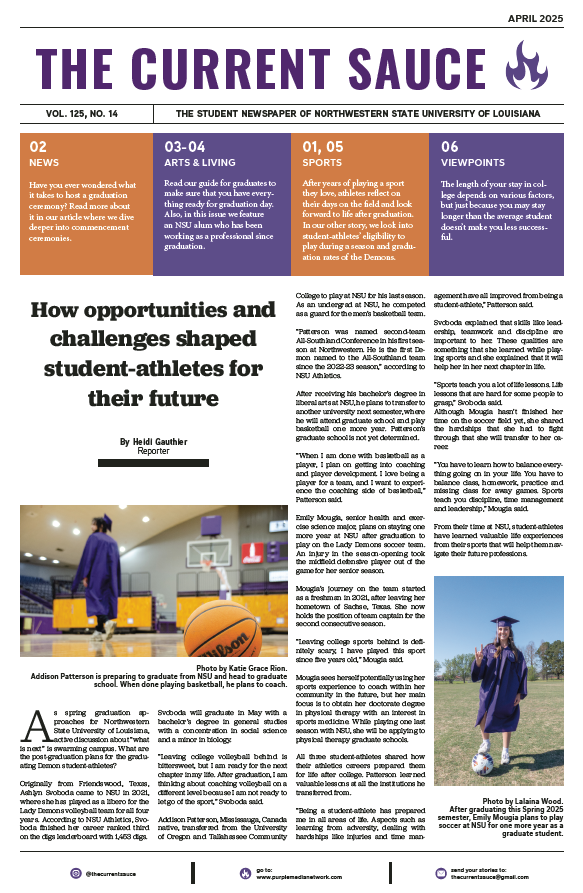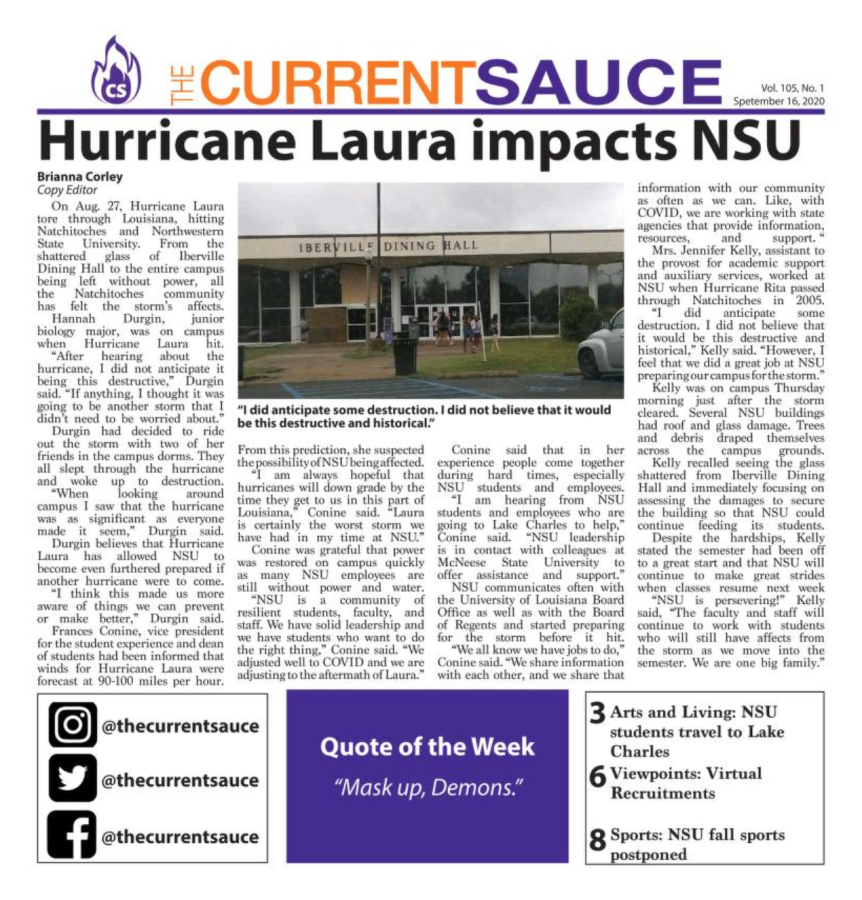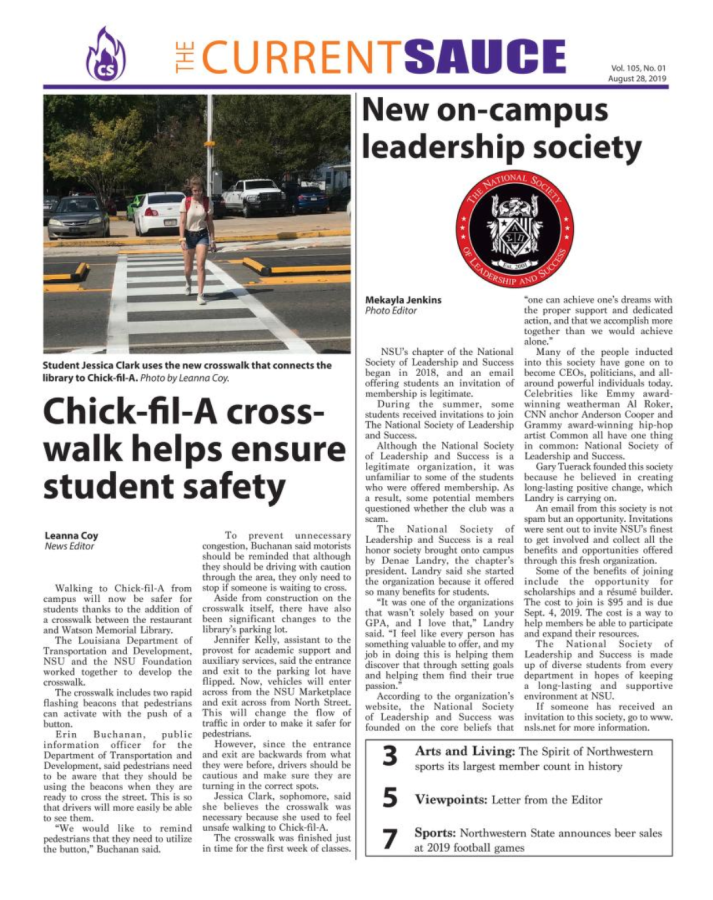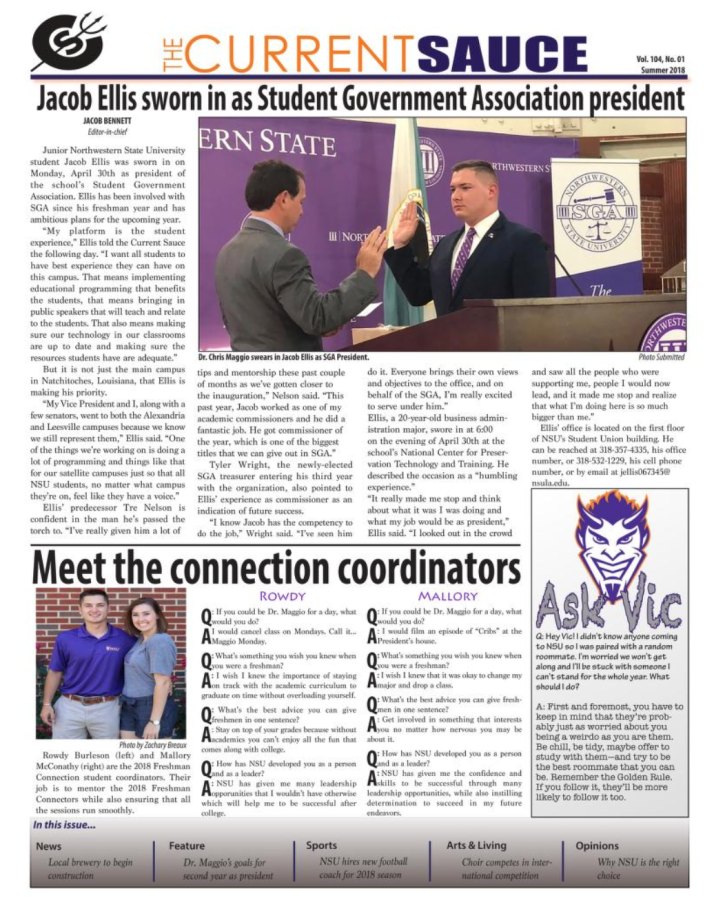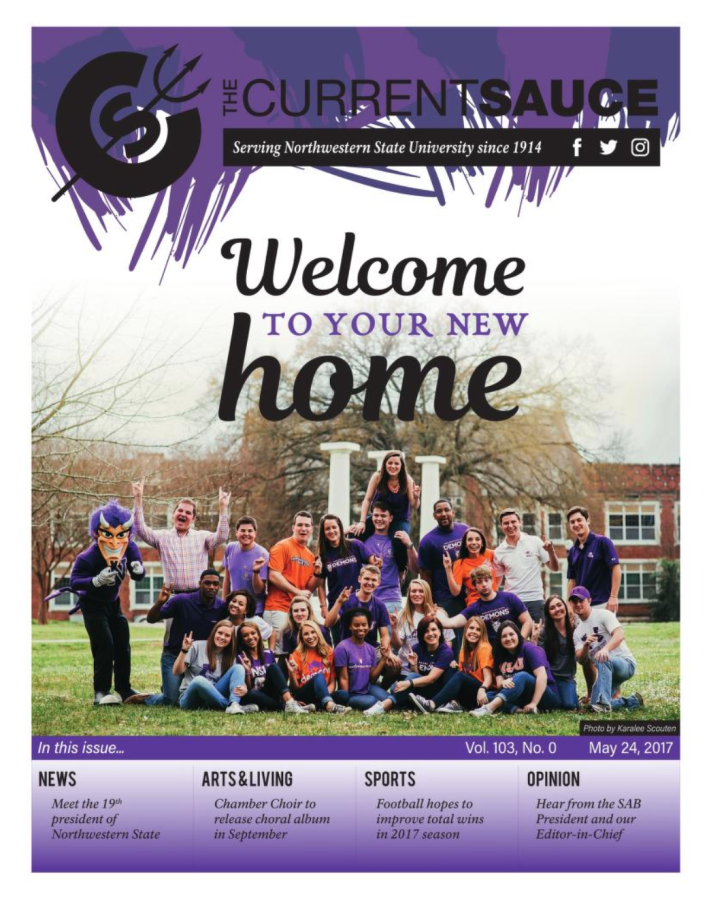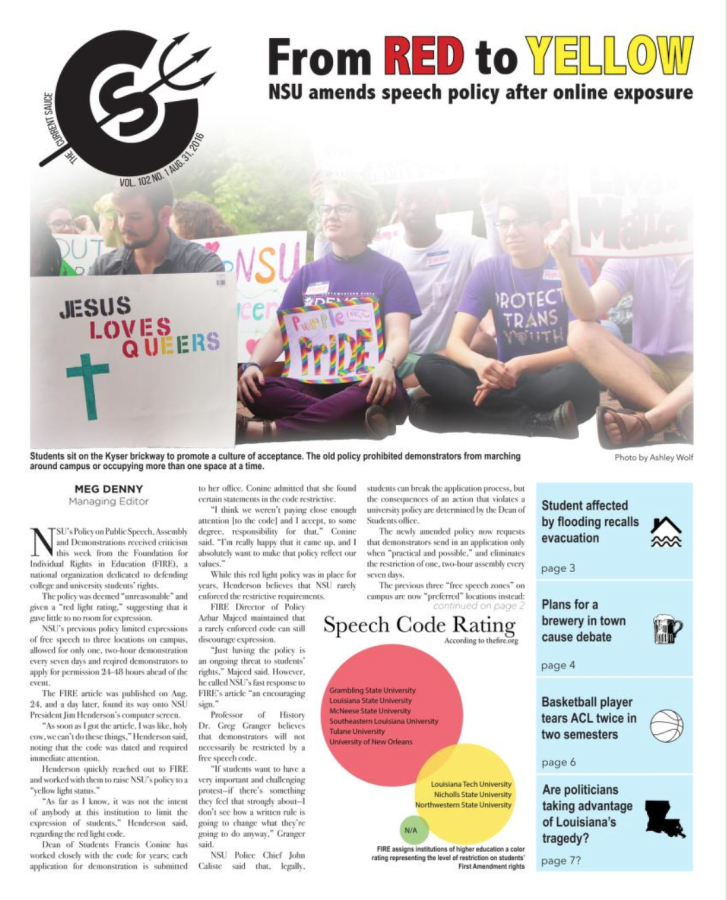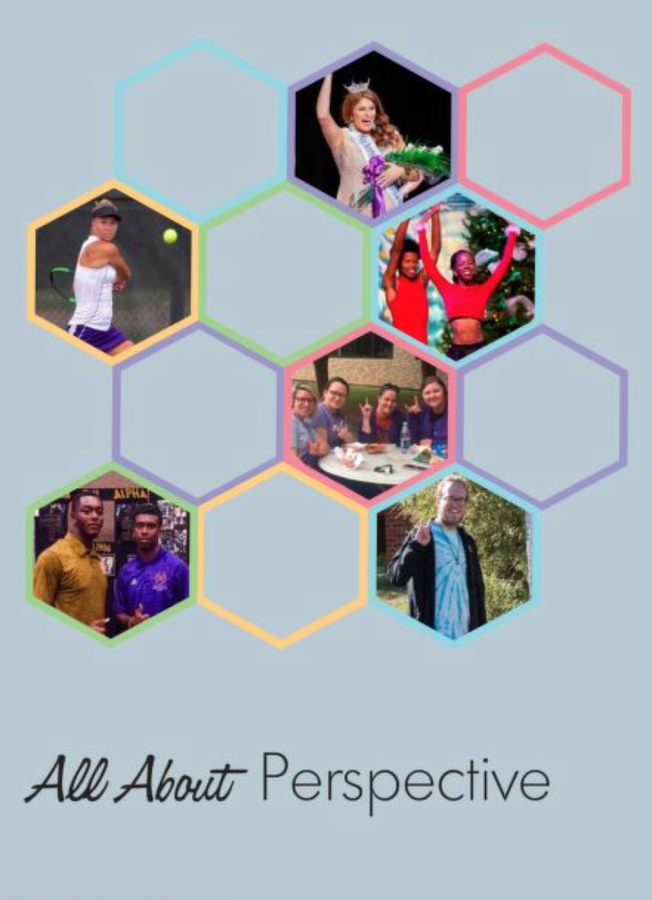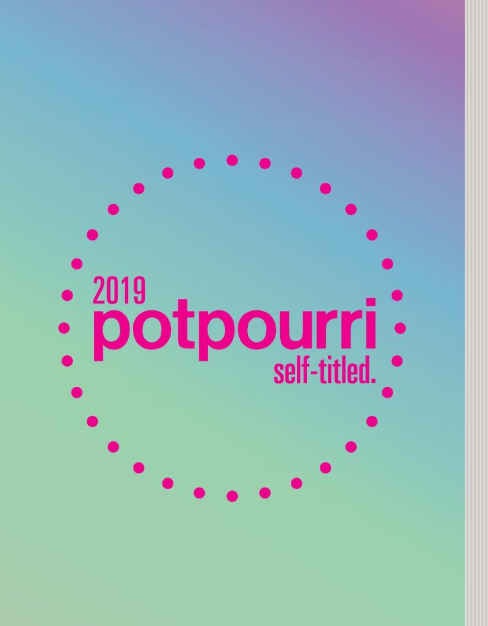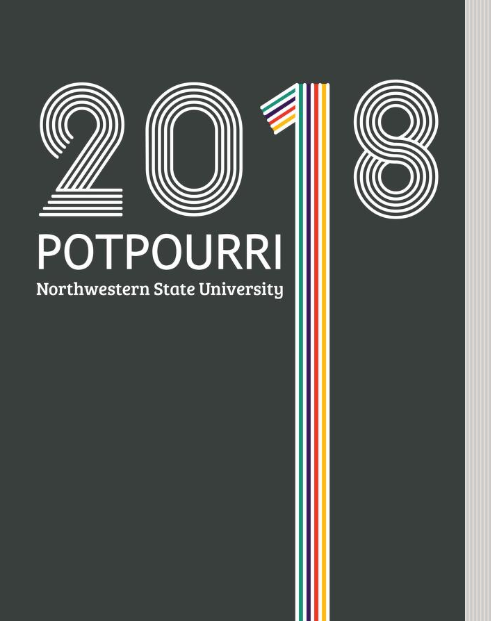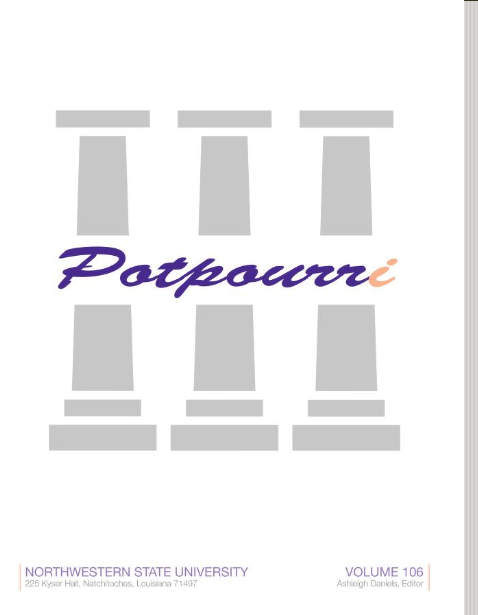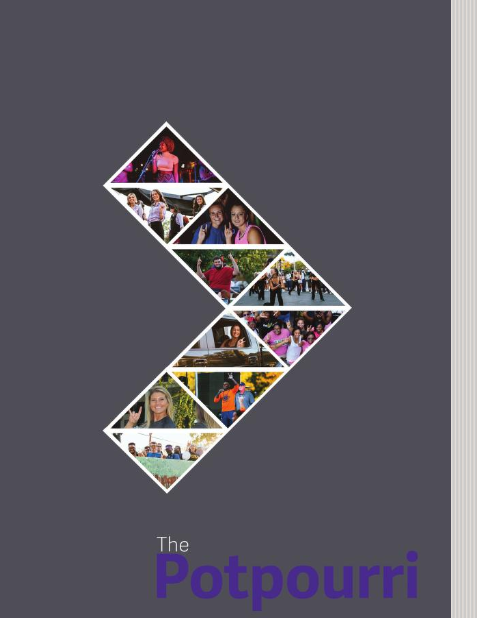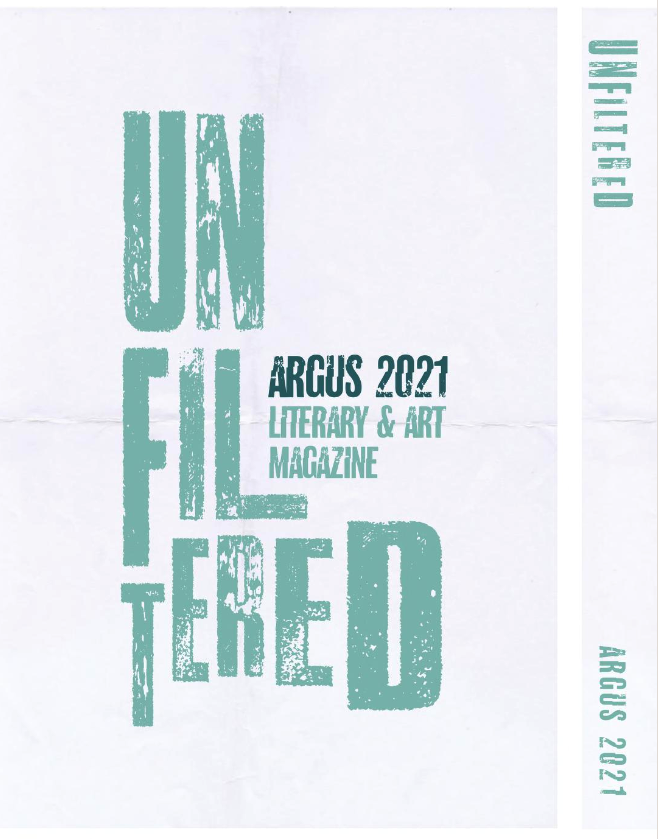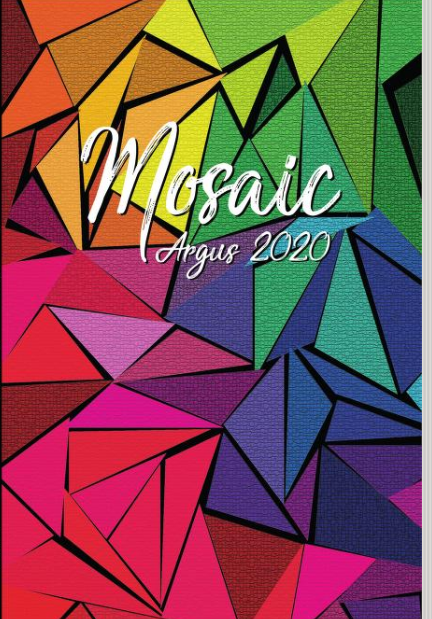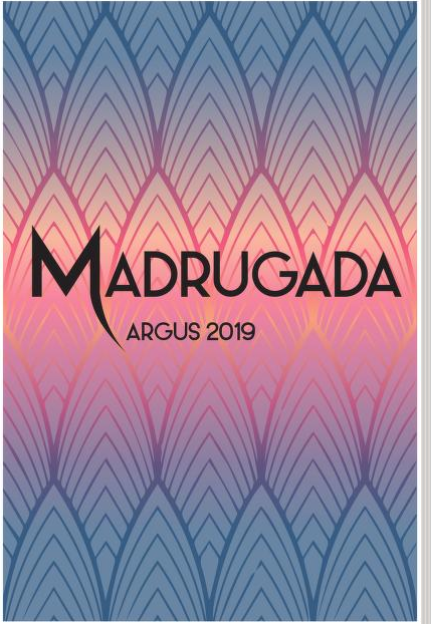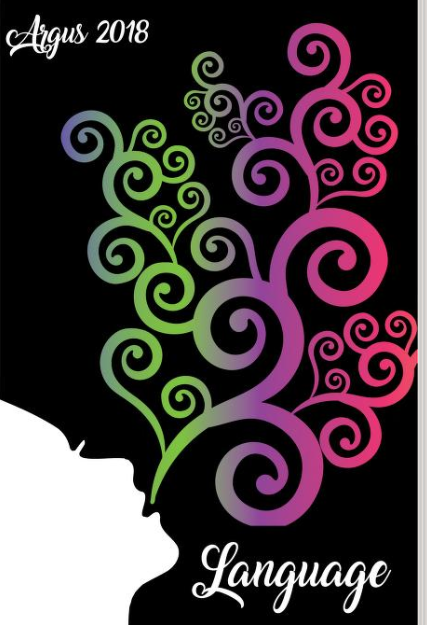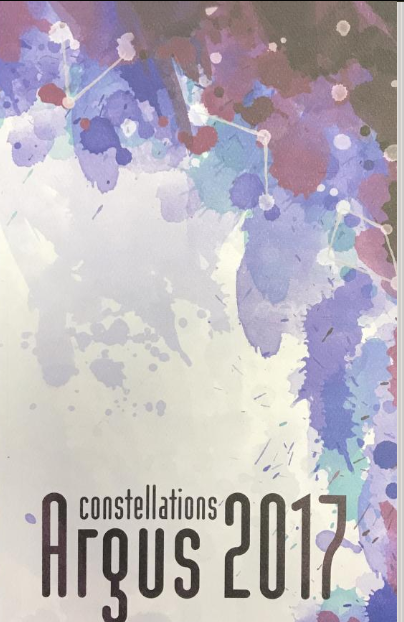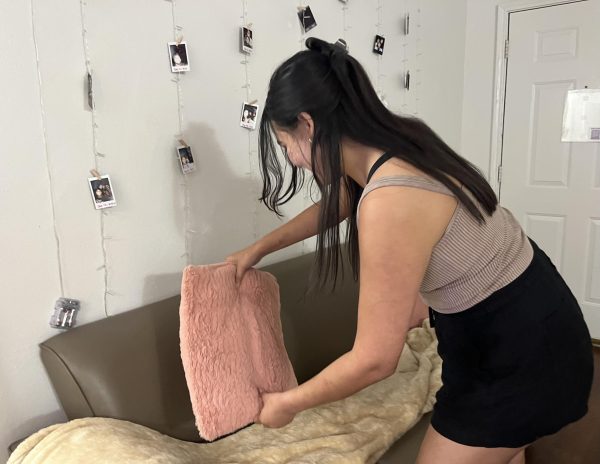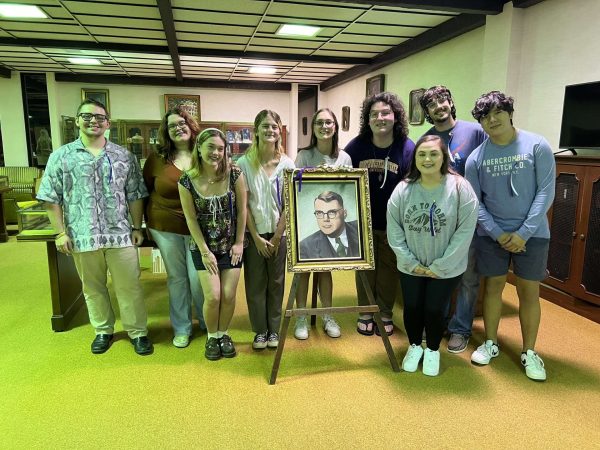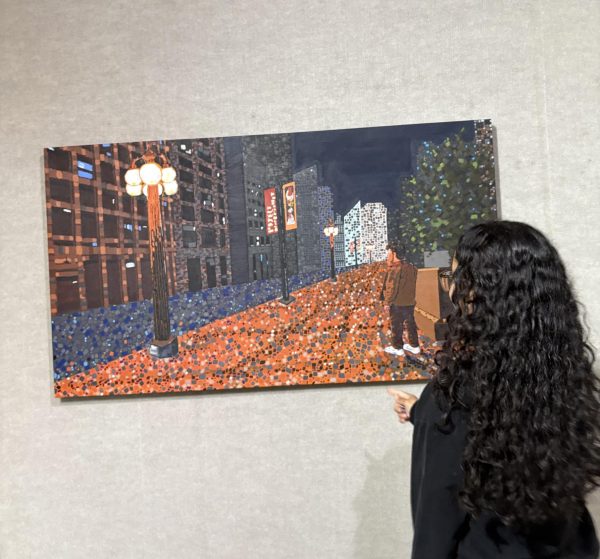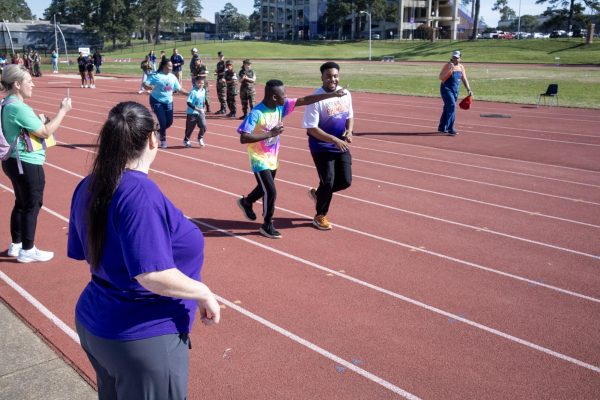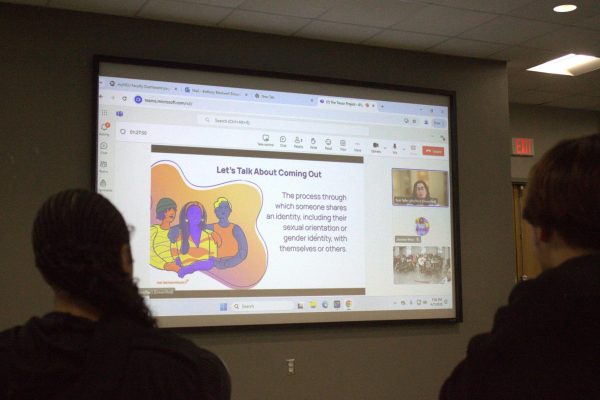Williamson Museum: Preserving history for 100 years
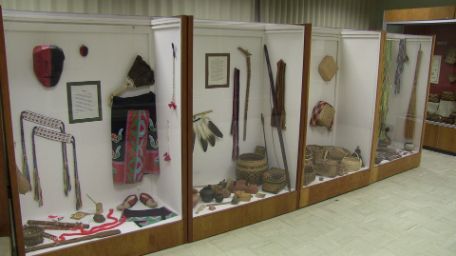
Northwestern State University News Bureau
On the second floor of Kyser Hall a vast collection of history is on display. The Williamson Museum houses four walls of a wide variety of Native American artifacts and copies of historical items.
Natchitoches is full of history, art and moments collected, preserved and displayed behind glass.
As I was beginning to plan this series of museum reviews and tours, it felt only right that I begin with Northwestern State University’s very own museum: the Williamson Museum. I was given the opportunity to tour the museum with this semester’s Southeastern Native American Class.
The museum is not only celebrating its 100th anniversary, but also the wide display of history.
On the second floor of Kyser hall, a vast collection of history is on display. Adjacent to the ascending stairs of Kyser Hall, the Williamson Museum houses four walls of a wide variety of Native American artifacts and copies of historical items.
The museum itself has been established for 100 years, having been founded by its namesake, the late Professor George Williamson. Now, the museum houses artifacts dating back as early as 900 AD.
Before Hiram “Pete” Gregory, professor of anthropology and the curator of the Williamson Museum, was given his position as the museum’s caretaker, Williamson had only seen two curators before him, including its namesake.
The museum is an opportunity for students to learn about history previously believed to have been lost. Many students on campus aren’t even aware of the museum’s existence, much less that the room houses nearly 100,000 artifacts.
“It’s kind of a second home for Native Americans. I’ve been here as long as I can remember,” Gregory said.
“There are a lot of closed practices that are protected,” freshman Kaitlyn Masters, a secondary education major, said.
Masters is a member and representative of the Choctaw tribe, and has been surrounded by artifacts her whole life, as her mother is an anthropologist and archaeologist.
Masters was invited to assist Gregory in giving tours of the museum. Masters is also a student employee at the museum, and the great-great-granddaughter of the Choctaw traditional tanner, Anderson Lewis.
“Schools teach it like we’re extinct, or like this is something that has passed, or like we don’t do this anymore – there are a lot of us who still live traditionally,” Masters said.
She went on to reiterate the importance of learning from history and removing the stereotyping and discrimination every Native American has faced.
Due to the limitations in the size of Williamson, not every collection that the department has is able to be displayed. While the museum shows artifacts dating back to 900 A.D., there are other collections that are between five and 10,000 years old.
The relationship between the museum and the tribes is a positive one. The museum acts as a sort of liaison, and gives members of the tribes opportunities to visit reburial sites and see artifacts they may not have otherwise known about.
“I tell everyone I bring into the museum, take it all in, because next time you come, it could be gone,” Gregory said to his students.



